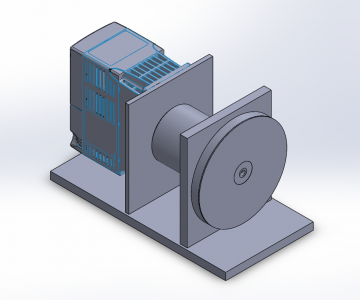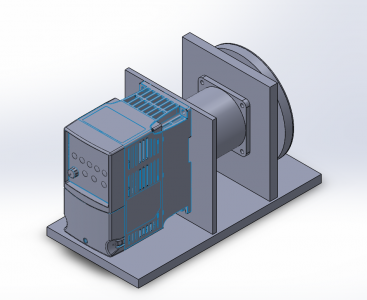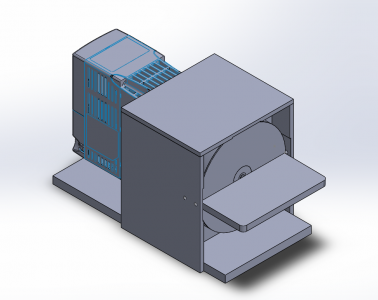- Joined
- Mar 26, 2018
- Messages
- 2,724
As I start tooling up for hand scraping, I came to the realization that there was no good way to sharpen the carbide blade without a slow speed carbide grinder. Looking online, I liked the diamond lapping plate concept many are using. I have some components laying around the house which would be perfect for one so my design will be central around these components. I hope this will aid my scraping experience and perhaps allow me to resharpen my used carbide lathe inserts.
For the motor, I have a 25W (1/30HP) 3 phase induction motor from Oriental motor. It is pretty tiny but has surprising torque so I think it will be more than enough for this limited application. Rated speed is 1600 rpm and I have run it up to 3200 rpm no problem.
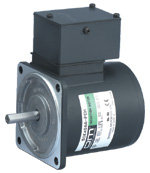
This motor will be driven by an Allen Bradley Powerflex 4 rated at 1/2HP. This is a super basic VFD with V/Hz control only. I wanted to use it because there is a built in keypad and potentiometer that will handle start, stop, reverse, and speed select.
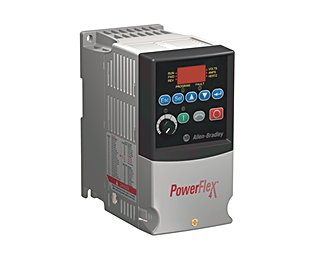
I plan to use 6" diamond grit lapping discs. They can be had for about $12 each on amazon. So far I have purchased an 800 grit, 1500 grit, and 3000 grit. I bet these will cover the range of my needs.
I'll follow this post up with some CAD models as I am in the very early phases of my design. The key features are a 6" lapping disc retained with magnets, tilting table (tilt axis in plane with the front of the disc), dust/splash guard, and contemplating some kind of MQL drip lubrication to keep the carbide dust down. I am designing this based on stock I have on hand as well so that is determining the size.
For the motor, I have a 25W (1/30HP) 3 phase induction motor from Oriental motor. It is pretty tiny but has surprising torque so I think it will be more than enough for this limited application. Rated speed is 1600 rpm and I have run it up to 3200 rpm no problem.

This motor will be driven by an Allen Bradley Powerflex 4 rated at 1/2HP. This is a super basic VFD with V/Hz control only. I wanted to use it because there is a built in keypad and potentiometer that will handle start, stop, reverse, and speed select.

I plan to use 6" diamond grit lapping discs. They can be had for about $12 each on amazon. So far I have purchased an 800 grit, 1500 grit, and 3000 grit. I bet these will cover the range of my needs.
I'll follow this post up with some CAD models as I am in the very early phases of my design. The key features are a 6" lapping disc retained with magnets, tilting table (tilt axis in plane with the front of the disc), dust/splash guard, and contemplating some kind of MQL drip lubrication to keep the carbide dust down. I am designing this based on stock I have on hand as well so that is determining the size.
Last edited:


